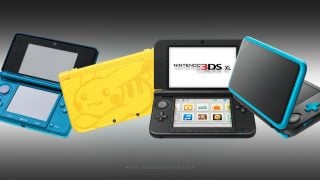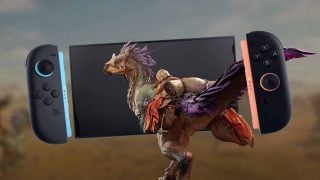With Nintendo president Shuntaro Furukawa finally revealing that the successor to the Nintendo Switch will have full backwards compatibility with the current console, it has gotten everyone’s minds pondering at just what that will mean for the performance of older games. While most of Nintendo’s first-party efforts run perfectly fine on the Switch’s SOC (system on a chip), there are a number of titles which simply don’t and there are even more third-party games that struggle to maintain consistent performance. Can enhanced backwards compatibility fix those issues?
Nintendo’s history with backwards compatibility
First off, it should be noted that this isn’t the first Nintendo system to offer backwards compatibility. While Nintendo’s handhelds typically included it within reason — such as the DS dropping original Game Boy support and the the DSi losing the GBA port — the Wii and Wii U both offered support for the previous console generation. Possibly due to those consoles not being modern or based on the same architecture, the only real improvement was that you didn’t need to have two devices connected at the same time. I guess Wii games were given a true digital output, but they ran at the same resolution and with the same performance on the Wii U.
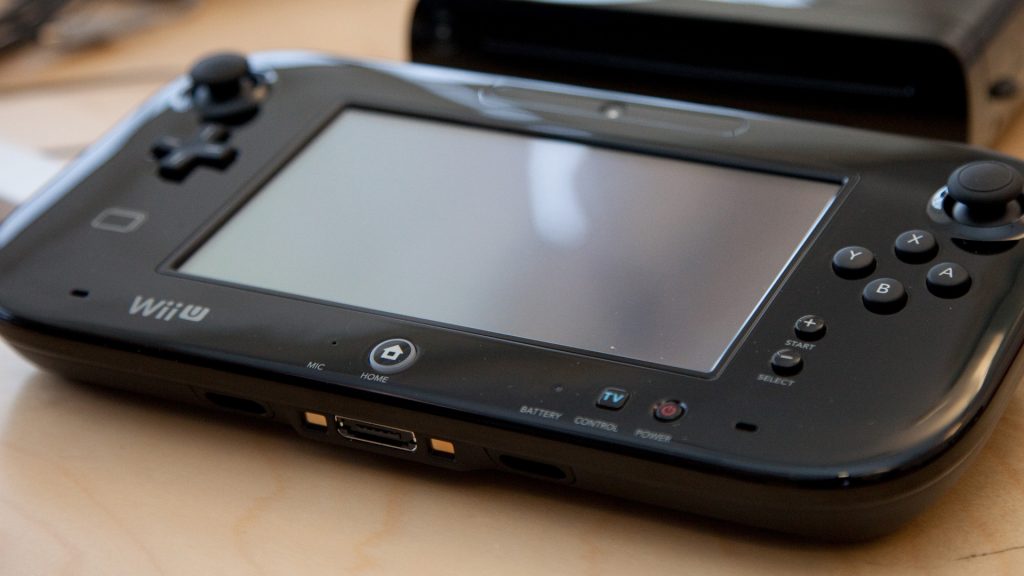
Times have changed, however. As shown in the eighth console generation, both Microsoft and Sony offered refreshed iterations of their consoles that included upgraded hardware. Dubbed the Xbox One X and PS4 Pro, respectively, these devices either improved the performance of certain games, increased the graphical fidelity of certain games, or did a combination of both. That was further increased when the current generation kicked off as the Xbox Series X and PS5 carried over those improvements and even granted more on top.
With the Switch 2 likely to be based on similar architecture as the current Switch, it would stand to reason that older games will function as they do on PS5 and Xbox Series X. We should expect to see performance hiccups smoothed out entirely (such as Link’s Awakening and Echoes of Wisdom’s constant framerate dipping). We don’t have any actual specs from the new Switch to make educated guesses, but this is where emulation and hacking come into play.
Before Nintendo went nuclear on Yuzu and Ryujinx, people were able to download or dump ROMs of their favorite games and play them on PC. While emulation carries an overhead when it comes to performance, most modern PCs are many times more powerful than the Switch. As such, a game such as The Legend of Zelda: Breath of the Wild could be run at dramatically higher resolutions and with smoother performance than the basic Switch could provide.
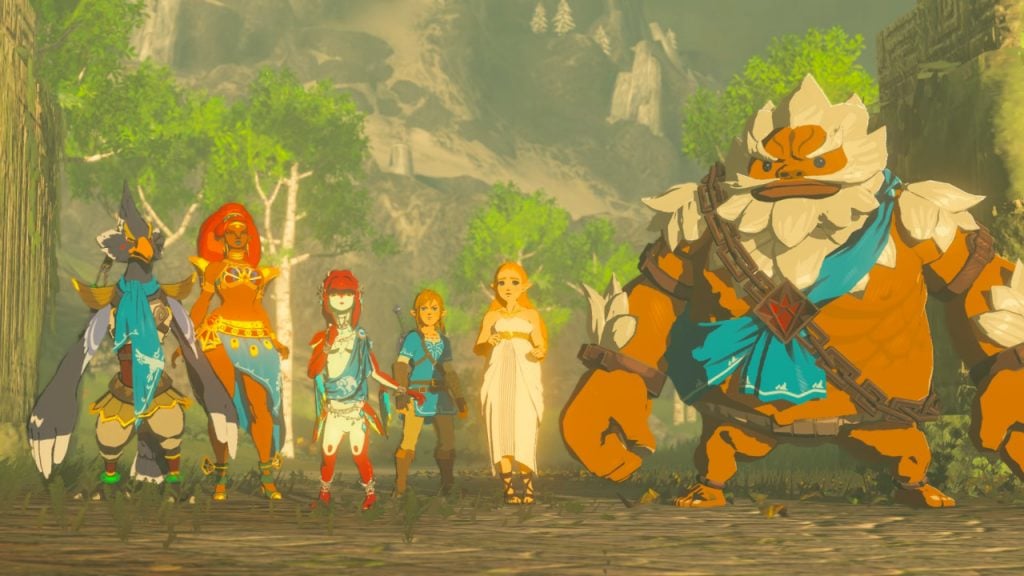
An internal look at the Switch
Hacking of the Switch, itself, also let people tweak the values of both the Switch’s CPU and GPU speeds. Overclocking either or both of those values created instances where games with shaky performance were suddenly running consistently. The biggest bottleneck on the Switch is actually its memory bandwidth, which is a value that determines how quickly the RAM can send information to the CPU. Overclocking that practically eliminates all performance problems on Nintendo’s hybrid console.
What the current Switch doesn’t have that the PS5 and Xbox Series X|S have is a solid state drive, or SSD. I won’t get into too much technical detail here, but SSDs are a massive improvement over traditional hard drives because they don’t have any moving parts. The way they are manufactured makes accessing data stored on them nearly instantaneous in most cases. The current Switch does utilize a similar technology, called eMMC, but it’s not nearly as fast and with such a limited size, most people don’t have games directly installed to the console’s internal memory. They opt for either a cartridge or SD card, which offers slower speeds.
A big change the Switch 2 could introduce is a proper SSD for internal storage. Nintendo may be unlikely to take that route as eMMC memory is dramatically cheaper, but if it does decide to upgrade the storage options, an SSD would seriously diminish loading times for games. Animal Crossing: New Horizons has ludicrously long load times and it’s likely that an SSD could cut that down to mere seconds.
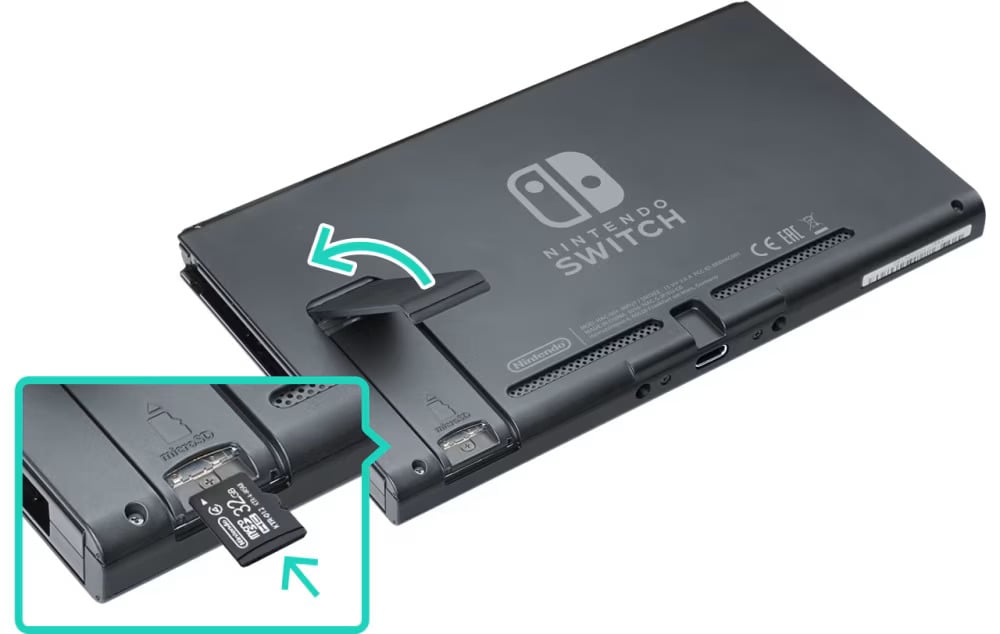
Source: Nintendo Support page
Possibly the easiest to market change would be an increase in visual fidelity, though. You don’t need to understand tech jargon to see improved visuals and with the Switch 2 rumored to include Nvidia’s proprietary DLSS technology, we could witness a ton of older games running at higher resolutions with very little performance penalties. By virtue of the successor being newer, it will simply be more powerful and that should allow older games to hit their intended performance targets or even increase their dynamic resolution windows to a higher margin. Certain games will need to be updated, obviously, but others with simpler issues will benefit just from being on faster hardware.
We don’t even need to look that far back to see such a change. With the PS5 Pro now available for people to buy, you can pop in a PS5 title with wobbly performance and see the new system simply brute force its way through any issues. Elden Ring, in particular, doesn’t run well on any platform but the PS5 Pro renders it much more consistently without any kind of update patch. The game doesn’t look better, but it runs better and that is really what a Switch 2 is likely to provide for older titles.
What do we actually know about the Switch 2’s performance?
Without any official information on the Switch 2, it’s really hard to make definitive claims about how it will alter or change the current Switch experience. Anyone telling you that the new device has 4K output or will run with ray-tracing, etc, is really just making guesses based on current industry trends. I can’t even tell you if older software will perform better as Nintendo might implement a compatibility mode that underclocks the Switch 2 to match current Switch performance. I don’t think the company will go that far, however.
As time marches on and the traditional idea of a console generation continues to evaporate, we will likely stop referring to games as part of a particular era and begin referring to them as just games. As such, I would expect that the Switch 2 will run older games better even if it’s not a total overhaul. Much like how the Xbox Series X simply feels like a better Xbox One, I anticipate the Switch 2 will be much the same system, just with better specifications.
Leave a Comment
